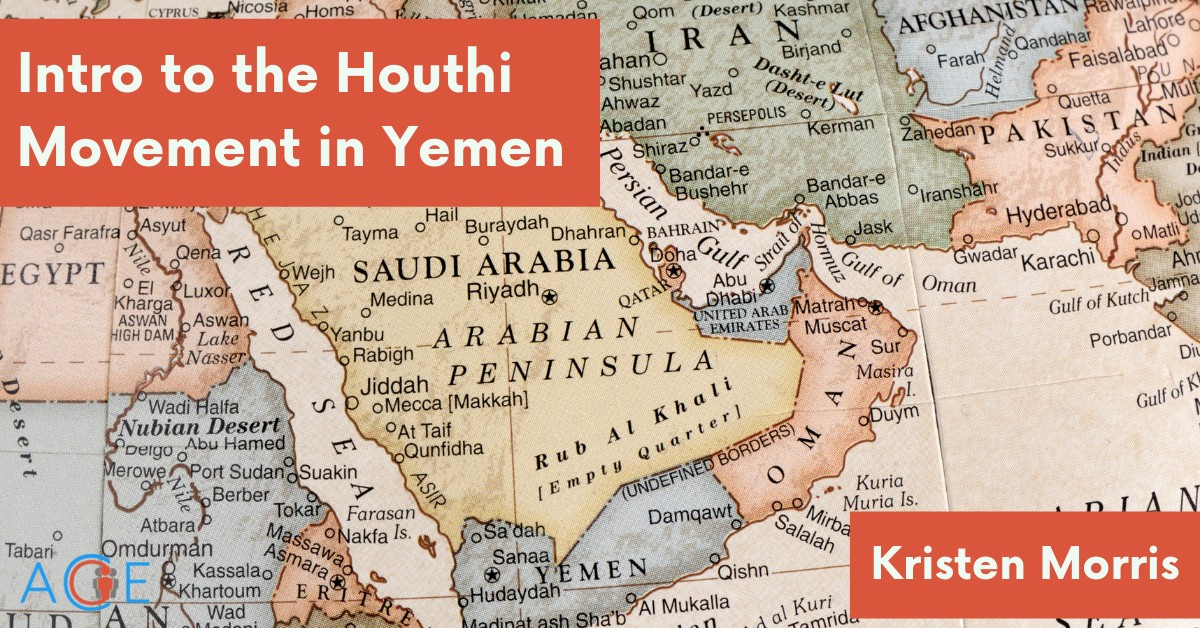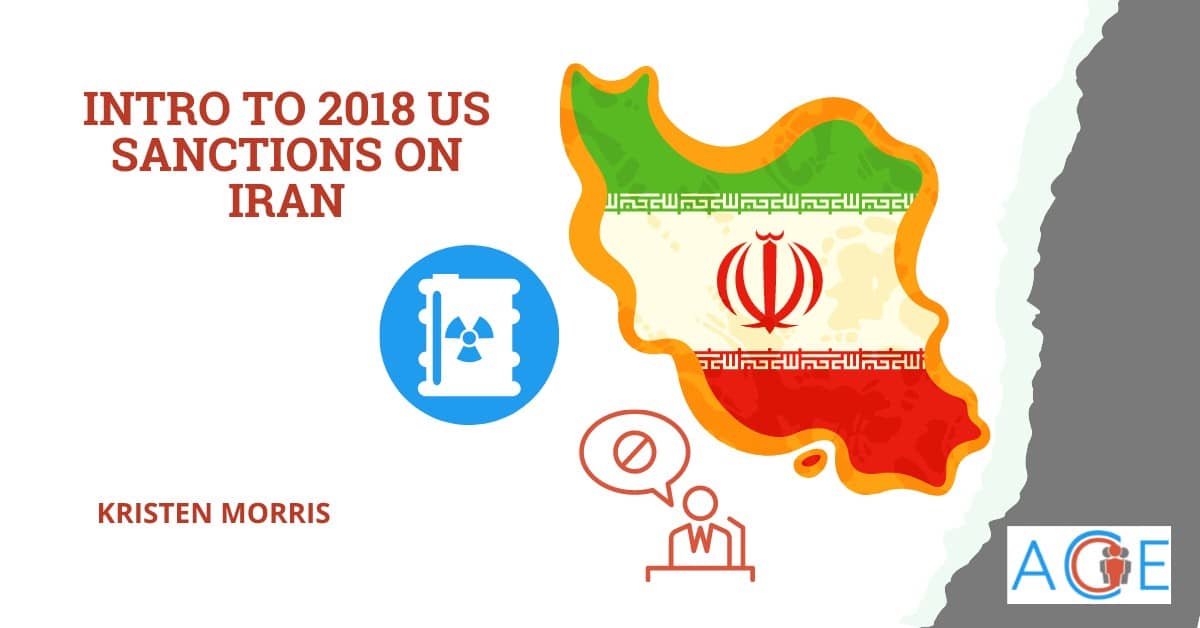History of Conflict in Yemen
Modern Yemen formed in 1990 through the unification of two regions: The Arab Republic in the north and the People’s Democratic Republic of Yemen in the south. Soon after the union, a military officer, Ali Abdullah Saleh, became the country’s leader. Though Yemen is a majority-Sunni country, the north region is Shia-dominant, which poses religious tensions.
The U.S. supported Saleh in the early 2000s in the fight against growing terrorist organizations in the country and region. The U.S. also lent support to the country during the chaos of the Arab Spring, when Al-Qaeda in the Arabian Peninsula (AQAP) also became more active. The U.S. continued its involvement in Yemen when further political tensions emerged.
In 2011, Saleh was ousted due to accusations of corruption, and former Vice President Abdrahbbuh Mansour Hadi took over. Hadi’s interim government is backed by Saudi Arabia and the U.S., and the UN sees Hadi as Yemen’s rightful leader. However, Hadi’s leadership has been challenged by jihadists, a separatist movement in south Yemen, former government loyalists, and factors such as corruption, unemployment, and food insecurity.
The Houthis saw an opportunity during the period of weak leadership, government transition, and many actors vying for power to attempt to gain military power in the north. The Houthis didn’t have faith in Hadi’s interim government and wanted to ensure their own security and take control of their homeland in northern Yemen. The Houthis also oppose Saudi Arabia and the U.S. for backing Hadi’s government. At the same time, Saleh allied with the Houthis against his former political ally, Hadi, and sought to regain the presidency. In 2015, the Houthis and Saleh loyalists ousted Hadi, and he fled to Saudi Arabia.
The Houthis had initially opposed Saleh because he supported the U.S.-led invasion of Iraq. Despite this disagreement, the Houthis later allied with Saleh against Hadi’s UN-backed government. However, in 2017, Saleh withdrew his support from the Houthi coalition and was killed by Houthis.
Who are the Houthis?
The Houthi movement, also known as Ansar Allah (Partisans of God), is a group of Zaidi Muslim who were a sect of Shia Islam, and believed to be descended from the Prophet Muhammad’s family. Hussein al-Houthi formed Ansar Allah to revive the Zaidi Shia tradition and gain more power for the group in Yemen. Because Zaidi ancestors were seen as a threat by leaders of modern-day Yemen, they suffered discrimination. This caused the Houthis to question Yemeni government authority and demand more respect and control of their homeland.
The Houthis challenged Saleh’s legitimacy by claiming he was a weak leader and was a puppet of the U.S. Because of their stance, the Houthis gained support from anti-Saleh Yemenis around the country. The Houthis wish to install an interim government friendlier to their goals of:
- Maintaining regional autonomy
- Respecting diversity
- Strengthening a democratic state
- Lowering fuel prices
- Securing military control in the north
- Controlling much of the country, specifically the oil-rich eastern region
- Gaining political power and international recognition
Gulf states and the U.S. view Hadi as Yemen’s rightful leader and view the Houthis as an insurgent group.
Regional and International Impact
In 2015, Saudi Arabia, other majority-Sunni Arab states, the United States, United Kingdom, and France feared a rise in Houthi support from Shia-majority Iran. In response, the Saudi-led coalition targeted Houthis in air strikes with the goal of stopping Houthi advances and returning Hadi to power. Saudi Arabia, Bahrain, Egypt, Jordan, Kuwait, Morocco, Qatar, Sudan, and the UAE pushed the Houthis and their allies out of southern Yemen and out of the city of Aden. This made way for Hadi to establish a temporary government in Aden. The government was unable to provide basic services and security to the city and surrounding areas, and Hadi himself was still primarily living in Saudi Arabia.
In response, the Houthis have committed drone and missile attacks on Saudi Arabia in recent years, including air strikes on Saudi Arabian oil fields that affected oil production in the country in September of 2019.
In August 2019, the Saudi-backed Hadi forces and UAE-backed southern separatists clashed. The southern separatists took over Aden and demanded a power sharing deal with the Saudi-led coalition. The UN hoped this would lead to peace, but in January 2020, more conflict erupted between Houthis and the Saudi-led coalition. In April of 2020, southern separatists broke a peace deal with the Saudi-led coalition and wanted to govern Aden and southern Yemen themselves.
Internal conflict, divided political loyalty in southern Yemen, and divided military loyalty throughout the country all contribute to tensions in the region on religious, political, and geographical grounds. These tensions make countries vulnerable to terrorist organizations like al-Qaeda and the Islamic State. In Yemen, AQAP and a local branch of the Islamic State have capitalized on the instability and attempted to gain ground in the south.
The complexity of the internal conflict is deepened by international influence. With continued Sunni-Shia tensions in and between countries, we see Shia-majority Iran backing the Houthis (though Iran denies this) while Sunni-majority Saudi Arabia and other Gulf States backing Hadi’s government. This proxy war between Iran and Saudi Arabia exacerbates the region’s worst issues of ineffective leadership, internal violence, and religious extremism.
Yemen is strategically located on a strait that links the Red Sea to the Gulf of Aden, through which many of the world’s oil shipments pass. In addition the U.S. is interested in securing Saudi Arabia’s borders, having access to free travel for oil through the strait connecting the Arabian and Red Seas, and a Yemeni government that will effectively work with U.S. counterterrorism efforts.
U.S. President Biden’s Response
U.S. President Biden seems to be a less staunch supporter of the Saudi-led coalition. Biden claims he wishes to end support for the coalition’s military involvement, including selling weapons to Hadi loyalists. Instead of the military approach, Biden plans to appoint a special envoy to Yemen to encourage cooperation through diplomacy. In addition, Biden reversed former President Trump’s categorization of the Houthi Movement as a terrorist organization as this designation threatens the delivery of humanitarian aid to Yemenis.
Future of Conflict in YemenPeace deals between warring groups with international allies on both sides have failed, meaning a stalemate for the conflict. A conflict which Saudi Arabian leadership thought would last a few weeks became years of suffering, tension, and conflict.


